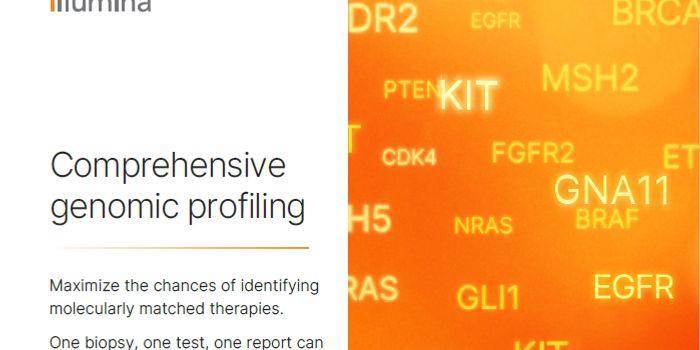Researchers have identified a biological basis for asthmatic children who do not respond well to corticosteroid treatment - currently the most effective treatment for chronic asthma and acute asthma attack.

Conducted at Cincinnati Children's Hospital Medical Center, the study also identifies a genetic pathway that could open the possibility of new therapies for difficult-to-treat patients. The findings are reported April 21 in The Journal of Allergy and Clinical Immunology, published by the American Academy of Allergy Asthma and Immunology.
The researchers performed genome-wide analysis of nasal epithelial cells collected from children experiencing acute asthma exacerbation. They compared genetic expression and medical responses in children who responded well to corticosteroids therapy to those who did not.
"Genome-wide analysis allowed us to identify a gene, VNN-1, whose expression discriminated between good and poor responders to systemic corticosteroid treatment," said Gurjit Khurana Hershey, MD, PhD, senior author and director of Asthma Research at Cincinnati Children's. "This may serve as a clinically useful biomarker to identify a subset of difficult-to-treat asthmatic children, and targeting the VNN-1 pathway may be useful as a therapeutic strategy."
Asthma affects close to 26 million people in the United States, 7 million of them children. Although people suffering from asthma share similar clinical symptoms, it is triggered by multiple genetic and environmental factors. This makes asthma a series of respiratory syndromes that can be difficult to study and treat and personalized therapeutic management is needed to achieve the best outcomes, according to the researchers.
Less-than-optimal management of childhood asthma is highlighted by the fact that nearly two-thirds of asthmatic children report at least one attack a year. And researchers estimate that effective treatment is either absent or incomplete in 40-70 percent of cases, highlighting the need for new treatment strategies. This includes the subset of children who do not respond well to systemic corticosteroid therapy.
"Difficult-to-treat patients account for over 50 percent of health care costs associated with asthma," Hershey said. "There are new drugs that may be helpful, as well as those that affect the VNN-1 pathway, but they have not been tested in asthma. This study provides the basis for a biomarker to determine which patients might be best to target with new treatments."
The study included 57 children between ages 5 and 18 who were admitted through the Emergency Department at Cincinnati Children's and hospitalized for treatment of their asthma. In an initial group of patients experiencing asthma attack, nasal epithelia cells were collected and tested for comparative VNN-1 expression. Researchers then tested a second group of patients to verify results of the first group.
Starting with a candidate list of 20,000 genes, researchers screened down to eight before singling out VNN-1 as the primary target. They conducted a series of cell biology tests in the lab to show that VNN-1 expression is required for inhaled corticoids to work during asthma attack. In cells from patients whose asthma did not respond well to treatment, researchers found a biochemical variation in the VNN-1 molecular network that hindered its expression.
The researchers next tested and confirmed their clinical findings in laboratory mouse models of asthma, and produced data suggesting that targeting the VNN-1 pathway therapeutically might be a way to improve outcomes for difficult-to-treat asthmatic children.
Testing continues in laboratory models to better determine the VNN-1 pathway's role in contributing to airway inflammation and hyper-responsiveness in asthma. Researches are also testing drugs that target the VNN-1 pathway to determine which, if any, might improve treatment for asthmatic children who do not respond to current treatments.
Enhanced expression of VNN-1 is associated with multiple human diseases, such as inflammatory bowel disease, immune thrombocytopenia and system lupus erythematosus. This is the first study to report improperly regulated expression of VNN-1 and its mRNA (which help translate and transmit genetic information) in asthma.
Source: Cincinnati Children's Hospital Medical Center









